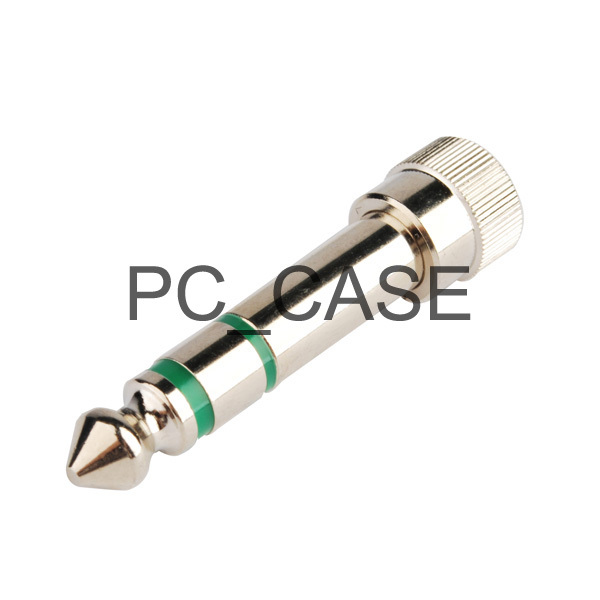By the way, I know some of you are looking for a less protruding 1/4' adapter. Besides the one shown on my previous picture , I also find this on Aliexpress:
http://www.aliexpress.com/item/6-35mm-to-3-5mm-female-Stereo-Audio-Adapter-FOR-DJ-straight-RF-Coaxial-Adapter-Connector/2028815790.html
I ordered a few and already received them. I can verify it is indeed a shorter version as shown in the picture. It is however just nickel plated and not gold plated.
http://www.aliexpress.com/item/6-35mm-to-3-5mm-female-Stereo-Audio-Adapter-FOR-DJ-straight-RF-Coaxial-Adapter-Connector/2028815790.html
I ordered a few and already received them. I can verify it is indeed a shorter version as shown in the picture. It is however just nickel plated and not gold plated.




































